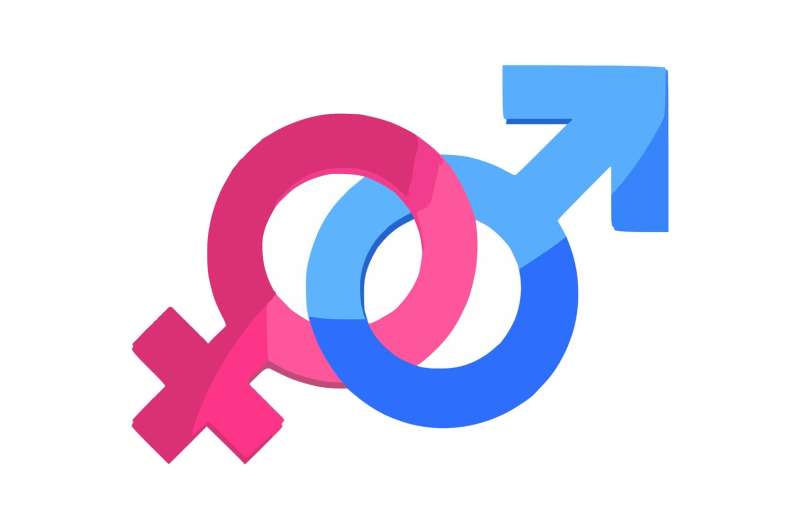TV shows for teens continue to feature stereotyped characters that perpetuate gender differences

A recent study has sought to identify and analyse adolescents' favourite kinds of characters in Spanish TV series for teens. The series in the study are fictional and feature characters that specifically target teenagers and a younger audience. The work by the researchers María José Masanet, of the Department of Communication at UPF, and Maddalena Fedele, of Ramon Llull University, was published in Palabra Clave in April.
The authors combined two studies, the first on audiences carried out with 787 students in Barcelona focusing on the analysis of gender differences when choosing and evaluating teenage characters. The second was a qualitative study focusing on the characters deemed the favourites of the teenagers surveyed in the first phase. They investigated the interaction between four variables: the viewer's sex (male or female); the sex of the character of the chosen series (male or female); the attributes that the respondents highlight when choosing a character (personality, physical appearance, intelligence, or others) and, finally, characteristics of the favourite characters.
The three teen series selected for the study were Física o química (2008-2011), Los protegidos (2010-2012) and El barco (2011-2013), all broadcast on the Antena 3 Spanish television channel. The researchers selected these series because they are produced in Spain, they had high viewing numbers at the time the study was conducted, and they were the three favourite teen series of the young people of the sample at the time of the survey. The three shows star teenagers, and their plots present the usual dilemmas and concerns at this age, such as the search for identity, the first romance and sexual relationships, etc.
The results of the study show that the young respondents tend to choose and value the male and female teen series characters based on gender: First, both boys and girls mostly choose male characters as their favourites; second, the male characters are chosen more because they are "rebels," "fun" and "bad, but good deep down," while the female characters are chosen because they are "nice people" and "brave and determined."
The qualitative analysis of the characters confirms that the male characters are rebellious, while the female ones are responsible and attractive. Thus, Spanish teen series build a female sphere associated with responsibility and sensitivity, and a male sphere that is rebellious and manly.
Therefore, adolescent males identify with or have as a model a boy who is aggressive and a "bad guy," lacking in the emotional sphere and unable to communicate intimately within a couple relationship. By contrast, the girls are represented as responsible, sincere people who care about others, normally their romantic partner, attributes highlighted by the audience as characteristic of "nice people."
Masanet says, "One worrying aspect from a gender perspective is the fact that the 'bad guy who is good deep down' constitutes an attractive model for girls, and would thus concede the 'romantic myth' that to love is to suffer, a myth that accepts conflict and suffering in the relationship."
Subjects also cited strong, independent girls who live their sexuality freely, are self-confident or are fighters. These attributes make them attractive to some of the teenagers and young adults who participated in the study and highlighted these characters' "self-assurance" and "courage and determination." Despite being in the minority, these characters occupy an important place in some series, and adolescents value them.
The authors write, "These results warn of the need to represent more plural, more complex characters that get away from the traditional stereotypes that end up perpetuating gender differences, as they are images that act on the perspectives and desires of adolescents and therefore on their models of emotional relationships."
More information: María-José Masanet et al. El "chico malote" y la "chica responsable": modelos aspiracionales y representaciones juveniles en las teen series españolas, Palabra Clave—Revista de Comunicación (2019). DOI: 10.5294/pacla.2019.22.2.5
Provided by Universitat Pompeu Fabra - Barcelona




















